Each year, high school seniors and young adults are tasked with discovery to find the perfect answer to “what’s next?” Throw a global pandemic into the mix—and the social responsibility to take a stand both with your actions and your voice—and that question becomes a million times heavier and covered with responsibility.
To students, recent graduates, parents and young adults—stop and breathe. It’s okay to question your options, your original plan and evaluate alternatives. In a time of unknowns, don’t be afraid to pivot.
With colleges and universities working through and coming to terms with their limited ability to offer a “classic” fall semester that meets local, state and federal guidelines, and with the job market seeming increasingly smaller—answering that question can feel extremely difficult. An increasing number of young adults are in search of a Plan B. And guess what—we might have the answer.
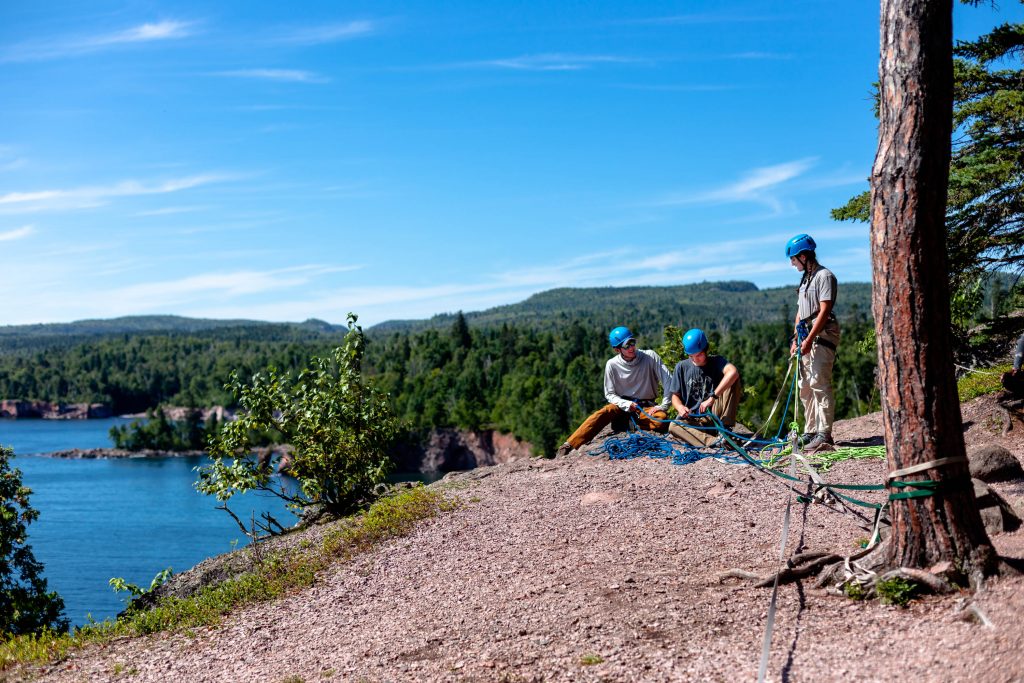
Photo by David Morgan
Make a Gap Year Your Plan A
In the past, gap years have often fallen under a “Plan B” stigma:
“If I don’t get into my dream college…then I’ll take a gap year.”
“If my son or daughter doesn’t get a high enough ACT/SAT score…then we’ll consider a gap year.”
“If I don’t have my dream job by 25, then I’ll look into more options.”
But what if the skills our nation needs now, more than ever, are discovered outside of the classroom?
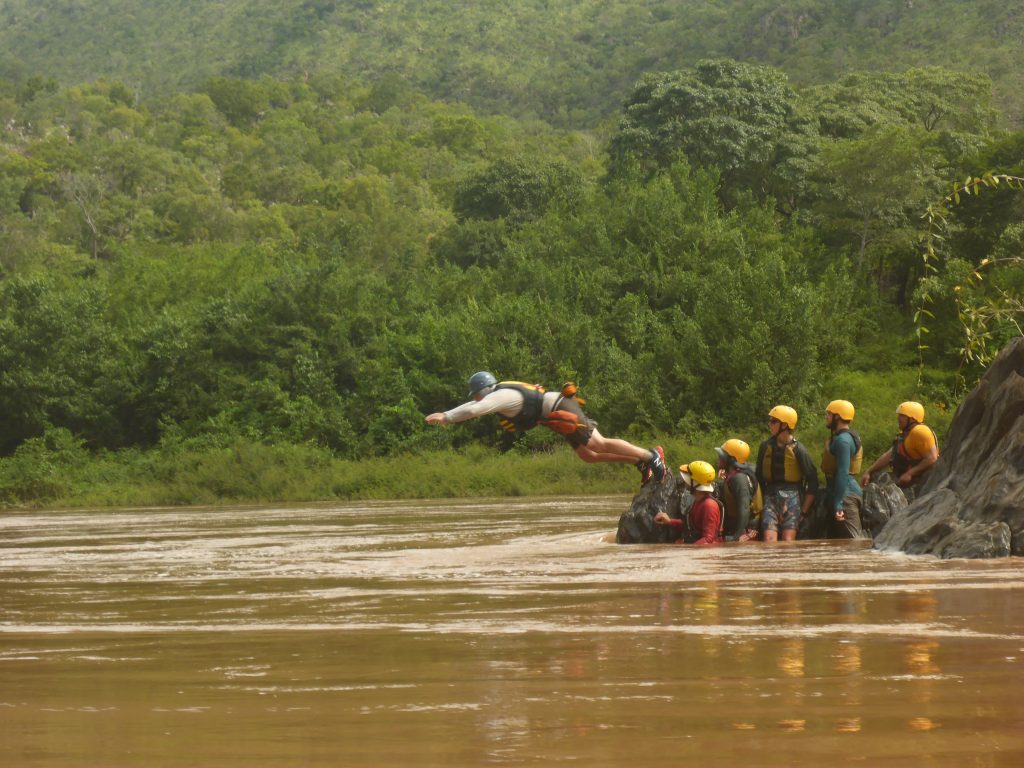
Photo by Beth Jackson
If there’s one thing we can all agree on, it’s that there’s much work to be done in the here and now—in our governmental, business and social sectors. Work that requires leaders who can hold weight and responsibility with courage, compassion and resilience. Individuals who can grasp the big picture while honing in on fractured pieces that need fixing and opportunities worth pursuing.
In today’s world, the ability to acutely prepare, plan, pivot and adapt is both foundational and formational for our future. Gap years have always been tasked in equipping young adults in these ways; whether that be in a foreign, wilderness or business setting. When students take a gap year, they aren’t putting their education on hold, they’re enriching it with formative experiences. A recent article in the New York Times dubbed such an experience as a “purpose year,” a time to invest in yourself, dive into service and learn what it could look like to actionably combine your passions and strengths to impact the world and live a meaningful life.
If the uncertainty surrounding the college and university experience for this year makes you hesitant to invest—then taking a gap year could be a worthy plan to consider. Our gap year courses are specifically designed for students to face challenging realities in an outdoor setting. We rely on our expeditions to build toolkits of leadership, adaptability and resourceful thinking into the lives of our students; learning life lessons that they carry and adapt to their lives back home.
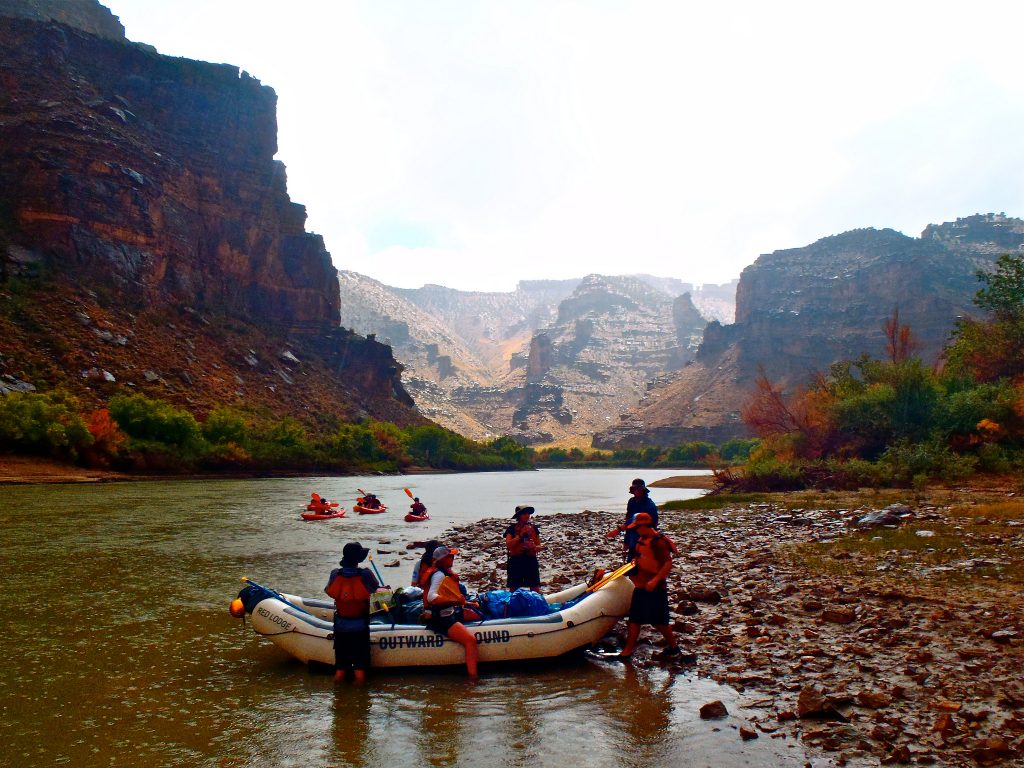
Photo by Tarn Udall
Consider a Deferral
We understand that for many, acceptance letters have already been signed, sealed and delivered—but did you know that for several institutions, it’s not too late to defer your acceptance to the spring or the following year?
Deferral means you still formally accept the offer to your school, but ask that your spot be held for a future term in order to complete an experience such as a gap year. More colleges and universities are granting referral requests as the benefits of a gap year have become more apparent.
Not an upcoming freshman? That’s okay too. Consider taking a semester or a full academic year off by filling your gap year with programs offering college credit and remote internships that strengthen your resume. Our Semester, Pathfinder and Outdoor Educator courses all offer credit fulfillment opportunities.
For more information on how to defer, check out this great resource by the Gap Year Association: How to Write a Deferral Letter for a Gap Year.
How to Plan a Four-Quarter Gap Year
“I’ve made my decision to take a gap year. What do I do now?”
Deciding to defer or take time off is one step in the gap year process, but the next—planning—can be daunting. Crafting a gap year agenda can seem overwhelming as you try to figure out what you should do and how you want to fill your time. The good news is the opportunities are endless, the bad news is… the opportunities are endless. That’s why we’ve provided steps to craft a four-quarter gap year.
A four-quarter gap year is exactly what it sounds like, similar to the way many colleges and universities follow a quarter system—you divide your gap year into segments. For each of these terms, you focus on one main takeaway you wish to achieve in that section of your gap year and find experiences that help you meet those goals.
For example, a four-quarter gap year could look something like this:
Quarter 1 | Broadened Cultural Awareness
Spend 10-12 weeks learning a new language, researching the culture, making connections and having conversations with people from that culture.

Photo by Austin Gibney
Quarter 2 | Leadership Development
Go on an Outward Bound 30+ day domestic outdoor expedition that hones in on your untapped leadership skills and passions.
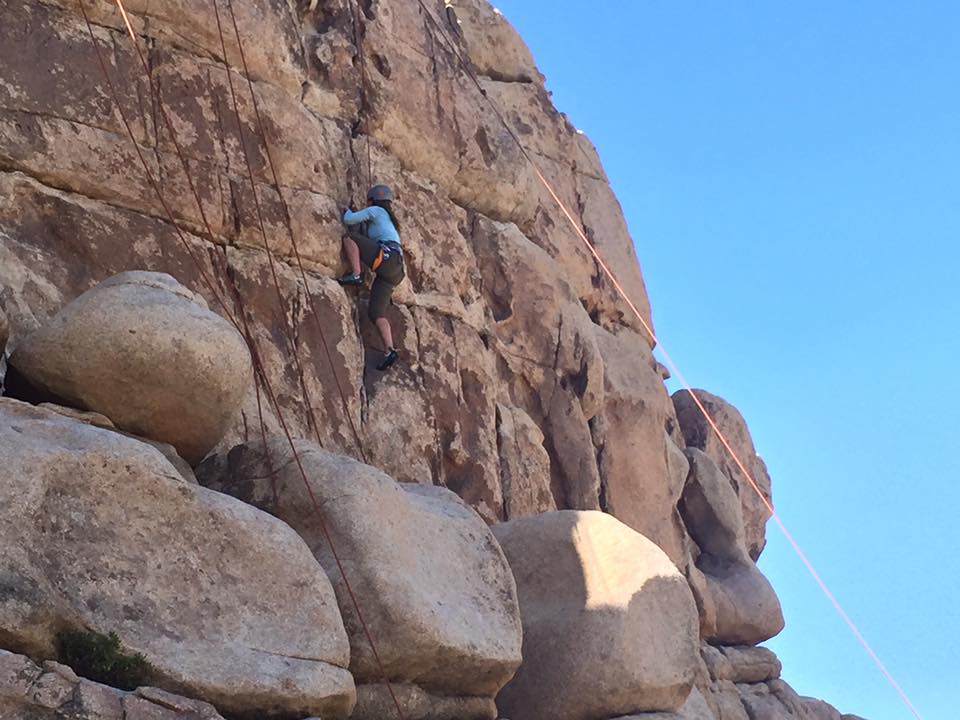
Photo by Austin Gibney
Quarter 3 | Real-World Work Experience
Work or intern with a local business, organization or government body offering remote positions.
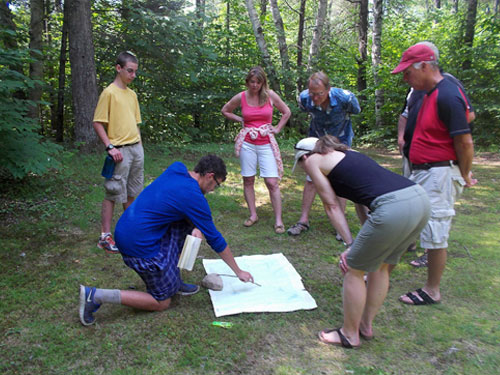
Students and parents work together on an activity during the family conference.
Quarter 4 | Community Service
Apply all the skills you learned in the previous experiences to volunteer with a local organization to give back and invest in your local community.
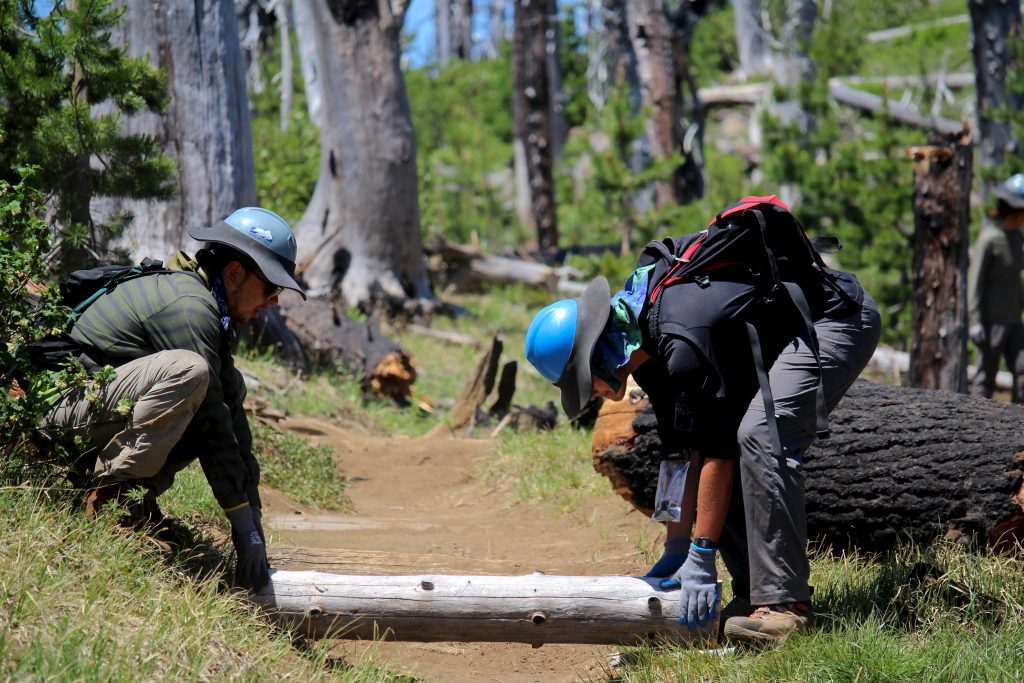
Photo by Alice Burgess
Quarters can fluctuate in length, and goals are personal to you. Dividing your gap year into goals and segments allows for structure to help you have both a productive and beneficial gap year.
What’s next?
We know this year hasn’t been what you thought it would be and the thought of figuring out “what’s next” seems like a constant trip back to the drawing board. We hope, if anything, you’re reminded that Plan B’s, C’s and D’s aren’t bad and often hold lessons and experiences you would’ve missed in Plan A. If you’re ready to move forward with a gap year, we encourage you to do so with confidence!
Make Outward Bound part of your gap year plan. Explore our upcoming courses and talk with us to get more information.
About the Author
Charis Nichols is the Content Coordinator for the Outward Bound Services Group. She thrives on four key elements: community, adventure, strategic design and breakfast burritos. During the warm months she can be found floating down rivers and when it’s cold, hiking and skiing in the mountains.




